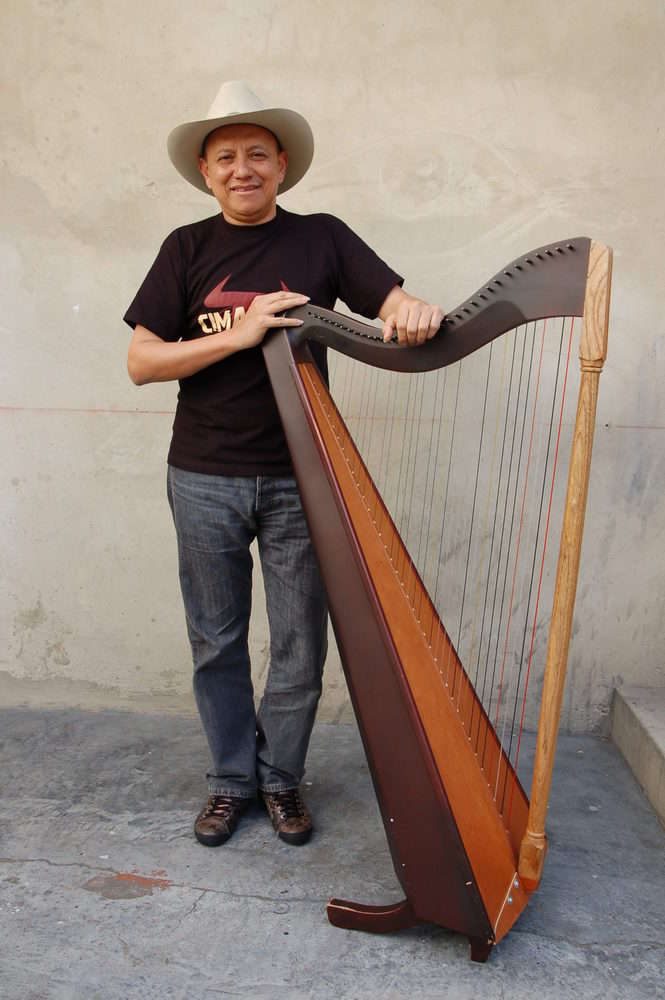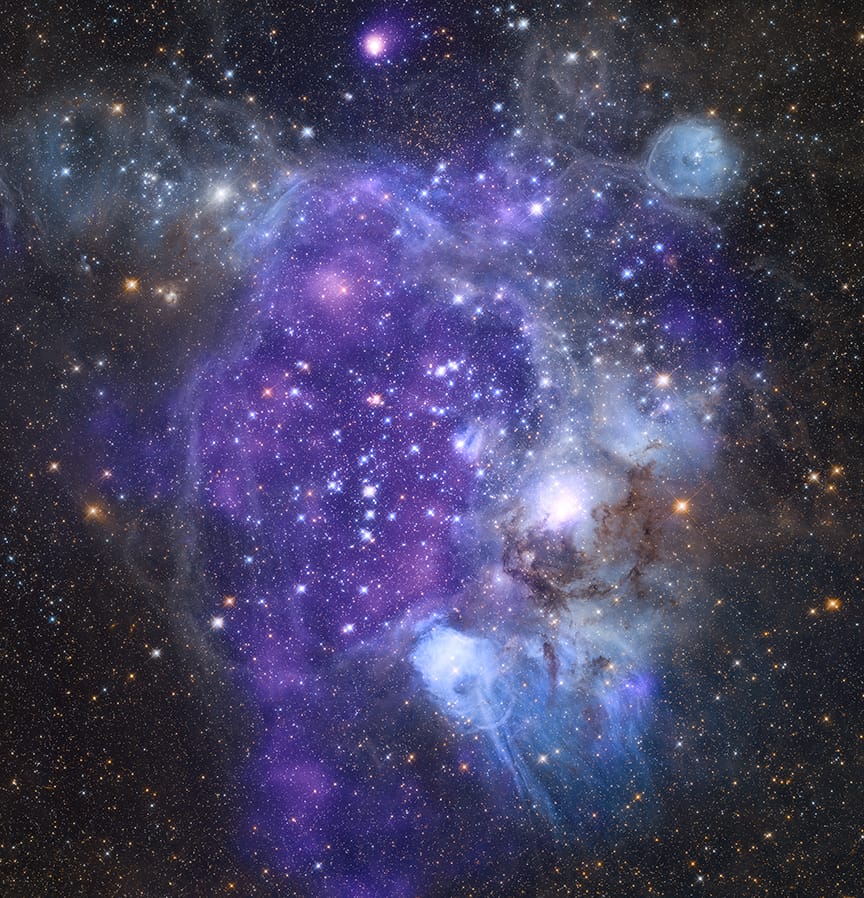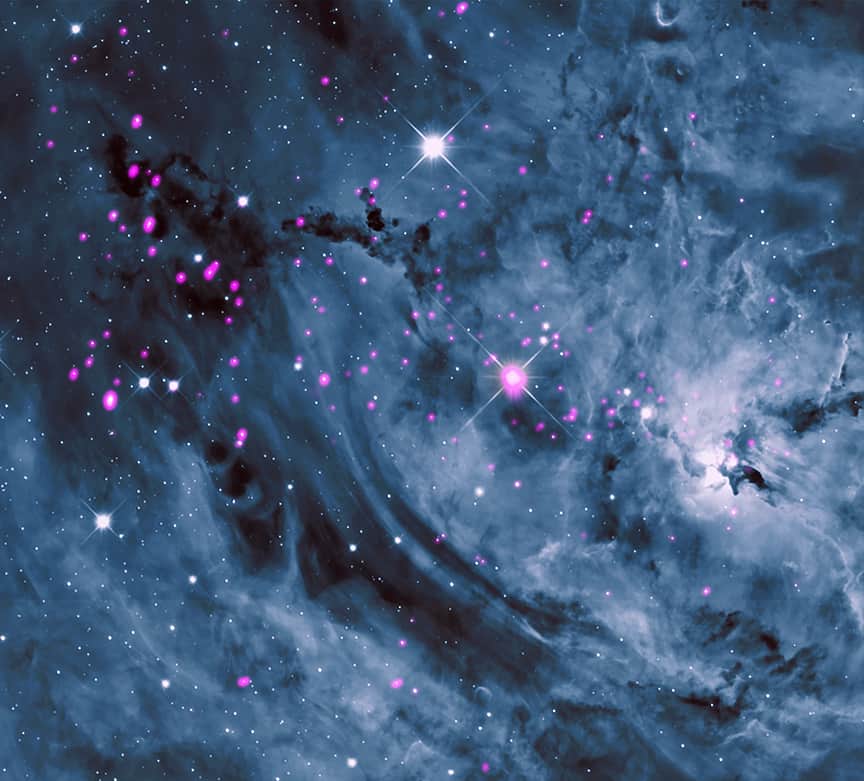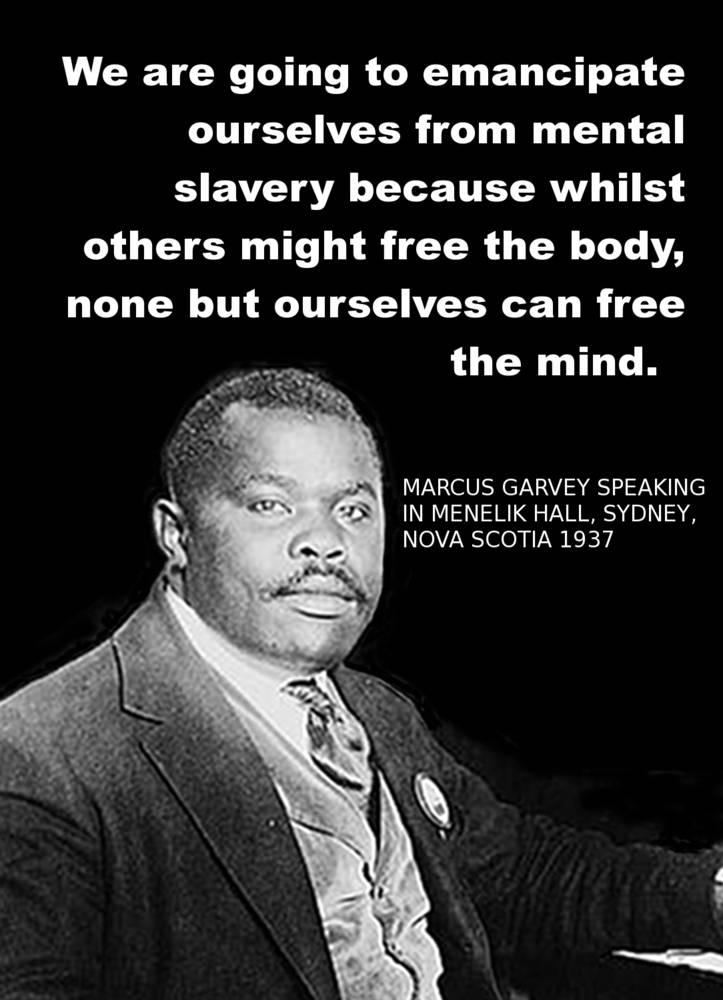Blog
Billy Harper (born January 17, 1943) is an American jazz saxophonist, “one of a generation of Coltrane-influenced tenor saxophonists” with a distinctively stern, hard-as-nails sound on his instrument. In 1965 Harper earned a Bachelor of Music degree from the University of North Texas.
Harper has played with some of jazz’s greatest drummers; he served with Art Blakey‘s Messengers for two years (1968–70); he played very briefly with Elvin Jones (1970), he played with the Thad Jones/ Mel Lewis Orchestra in the 1970s, and was a member of Max Roach‘s quartet from 1971-1978. In 1979 Harper formed his own group, touring with it and documenting its music on the recording Billy Harper Quintet in Europe, and he was featured as a soloist on a 1983 recording, “Such Good Friends,” with virtuoso, visionary pianist and record producer Stanley Cowell. After a period of relative inactivity in the 1980s, Harper came back strong with another international tour, which ended with perhaps his most ambitious recording: the three-volume “Live on Tour in the Far East” (1991). In the new millennium Harper’s recording activity has been subdued and sporadic, though more recently he appeared as a regular member of pianist-jazz historian Randy Weston‘s ensembles. In 2013 they recorded their first album as a duo, entitled The Roots of the Blues.
A retrospective of Billy Harper’s career would include the following among its highlights: The saxophonist performed on Gil Evans‘ 1973 album Svengali, and contributed two of the most-performed tunes in the band’s repertoire: “Priestess” and “Thoroughbred”. Harper’s own 1973 album Capra Black “remains one of the seminal recordings of jazz’s black consciousness movement–a profoundly spiritual effort that channels both the intellectual complexity of the avant garde as well as the emotional potency of gospel”. The Italian jazz label Black Saint was launched with Harper’s 1975 album Black Saint. His later releases have mostly been on SteepleChase and Evidence.
https://www.youtube.com/watch?v=x2y8ISH79VA
more...
Cedar Anthony Walton, Jr. (January 17, 1934 – August 19, 2013) was an American hard bop jazz pianist. He came to prominence as a member of drummer Art Blakey‘s band before establishing a long career as a bandleader and composer. Several of his compositions have become jazz standards, including “Mosaic”, “Bolivia”, “Holy Land”, “Mode for Joe” and “Fantasy in D”.
Walton was born and grew up in Dallas, Texas. His mother Ruth was an aspiring concert pianist, and was Walton’s initial teacher. She also took him to jazz performances around Dallas. Walton cited Nat King Cole, Bud Powell, Thelonious Monk and Art Tatum as his major influences on piano.He began emulating recordings of these artists from an early age.
After briefly attending Dillard University in New Orleans, he went to the University of Denver as a composition major originally, but was encouraged to switch to a music education program targeted to set up a career in the local public school system. This switch later proved extremely useful since Walton learned to play and arrange for various instruments, a talent he would hone with Art Blakey’s Jazz Messengers.
Walton was tempted by the promise of New York City through his associations with John Coltrane, Charlie Parker, and Richie Powell, whom he met at various after-hours sessions around the city of Denver, Colorado. In 1955, he decided to leave school and drove with a friend to New York City. He quickly got recognition from Johnny Garry, who ran Birdland at that time.
https://www.youtube.com/watch?v=TMviozrmPAY
more...Sidney “Big Sid” Catlett (January 17, 1910 – March 25, 1951) was an American jazz drummer. Catlett was one of the most versatile drummers of his era, adapting with the changing music scene as it progressed toward bebop. Catlett was born in Evansville, Indiana and at an early age he was instructed in the rudiments of piano and drums under the tutelage of a music teacher hired by his mother. When he and his family relocated to Chicago, Catlett received his first drum kit, and immersed himself in the diverse styles and techniques of Zutty Singleton, Warren “Baby” Dodds, and Jimmy Bertrand, among others. In 1928, Catlett began playing with violinist and clarinet player Darnell Howard, before joining pianist Sammy Stewart’s Orchestra in New York City and making appearances at the Savoy Ballroom.
After performing for several lesser established musical acts, Catlett began recording and performing with multiple musicians including Benny Carter, McKinney’s Cotton Pickers, Fletcher Henderson, and Don Redman throughout the 1930s. Between 1938 and 1942, Catlett was Louis Armstrong‘s drummer of choice as he was regularly featured in Armstrong’s big band, while also periodically joining Benny Goodman‘s group. Following a brief stint in collaboration with Duke Ellington in 1945, Catlett led some of his own bands through the remainder of the 1940s, and was involved in Armstrong’s All-Stars between 1947 and 1949.
https://www.youtube.com/watch?v=x4AFZCQoo0U
more...Alegrías (Spanish pronunciation: [aleˈɣɾi.as]) is a flamenco palo or musical form, which has a rhythm consisting of 12 beats. It is similar to Soleares. Its beat emphasis is as follows: 1 2 [3] 4 5 [6] 7 [8]9 [10] 11 [12]. Alegrías originated in Cádiz. Alegrías belongs to the group of palos called Cantiñas and it is usually played in a lively rhythm (120-170 beats per minute). The livelier speeds are chosen for dancing, while quieter rhythms are preferred for the song alone.
One of the structurally strictest forms of flamenco, a traditional dance in alegrías must contain each of the following sections: a salida (entrance), paseo (walkaround), silencio (similar to an adagio in ballet), castellana (upbeat section) zapateado (Literally “a tap of the foot”) and bulerías. This structure though, is not followed when alegrías are sung as a standalone song (with no dancing). In that case, the stanzas are combined freely, sometimes together with other types of cantiñas.
more...With his band, the Grammy-nominated Cimarrón, Rojas was leading a resurgence of Colombian joropo music.
Colombian musician Carlos “Cuco” Rojas was a master of the arpa llanera (plains harp) and other folkloric string instruments who, with his band, Cimarrón, led a recent resurgence of Colombian joropo, or llanera, music. Rojas died in Bogotá on Friday at age 67. His death was the result of a heart condition, according to a statement from the band.
“Carlos Rojas Hernández leaves behind an indelible mark on the history of Colombian music, with his name on dozens of recordings as a musician, producer, arranger and composer,” the band wrote. Cimarrón’s 2004 album on the Smithsonian Folkways label, Sí Soy Llanero, was nominated for a Grammy in the best traditional world music album category. The group’s latest album, Orinoco, was a 2019 Latin Grammy nominee.

X-ray & Optical Images of LHA 120-N 44
This region of star formation features a giant bubble that is blowing out from the middle of this image due to winds flowing off young stars. Chandra data (purple and pink) show this superbubble of hot gas, while Hubble data (orange and light blue) reveals the gas and dust in the system. Image shows a superbubble in the Large Magellanic Cloud (LMC), a small satellite galaxy of the Milky Way, located about 160,000 light years from Earth. Many new stars, some of them very massive, are forming in the star cluster NGC 1929, which is embedded in the nebula N44. The massive stars produce intense radiation, expel matter at high speeds, and race through their evolution to explode as supernovas. The winds and supernova shock waves carve out huge cavities called superbubbles in the surrounding gas.

more...
Helen Folasade Adu CBE (Yoruba: Fọláṣadé Adú [fɔ̄láʃādé ādú]; born 16 January 1959), known professionally as Sade Adu or simply Sade (/ʃɑːˈdeɪ/shah-DAY), is a Nigerian–British singer, songwriter, and actress, known as the lead singer of her eponymous band.
Born in Ibadan, Nigeria, but brought up in Essex, England, Sade gained modest recognition as a fashion designer and part-time model, prior to joining the band Pride in the early 1980s. After gaining attention as a performer, she formed the band Sade, and secured a recording contract with Epic Records in 1983. The band then released the album Diamond Life a year later, which became one of the best-selling albums of the era, and the best-selling debut ever by a British female vocalist. It also gained widespread critical acclaim and is included in the reference book 1001 Albums You Must Hear Before You Die. In July 1985, Sade was among the performers at the Live Aid charity concert at Wembley Stadium. In late 1985, they released Promise, which was also a resounding critical and commercial success, topping the UK Albums Chart and becoming the band’s first album to debut atop the Billboard 200. It later earned quadruple platinum certification in the U.S., and reached platinum across Europe. It also earned the group the Grammy Award for Best New Artist in 1986. Their following two releases, 1988’s Stronger Than Pride and 1992’s Love Deluxe, were also critically and commercially successful; however, the band would go on hiatus after the birth of Sade’s child, while the singer experienced widespread media coverage during the period for unsubstantiated claims of mental health and addiction issues.
After a spell of eight years without an album, which came after Sade appeared in the film Absolute Beginners (1986), the band reunited in 1999, and released Lovers Rock in 2000. The album departed from the jazz-inspired inflections of their previous work, featuring mellower sounds and pop compositions, and was critically praised, earning the group the Grammy Award for Best Pop Vocal Album. The band would then undergo another term of hiatus, not producing music for another ten years until the release of Soldier of Love. The album was another commercial success, although critical reception remained divided, but won the group the Grammy Award for Best R&B Performance by a Duo or Group with Vocals. Following the album’s release, the band entered a third period of hiatus, and have only released two new songs (2018’s “Flower of the Universe” for the soundtrack of Disney’s A Wrinkle in Time and “The Big Unknown”, part of the soundtrack for Steve McQueen’s film Widows) to date.
Sade is widely considered a musical influence, and her contributions to music have made her a global figure in popular culture for over two decades. She has been credited as one of the most successful British female artists in history. Her services to music were also recognised with an award of the Officer of the Order of the British Empire chivalry honour in 2002, and later the rank of the Commander of the same order in 2017.
more...Aldo Romano (born 16 January 1941 in Belluno, Italy) is a jazz drummer. He also founded a rock group in 1971.
Romano moved to France as a child and by the 1950s he was playing guitar and drums professionally in Paris, but he first gained attention when he started working with Don Cherry in 1963. He recorded with Steve Lacy and would go on to tour with Dexter Gordon among others. In the 1970s, he moved into rock-influenced forms of jazz fusion and in 1978 made his first album as a leader. In the 1980s, he returned to his earlier style for several albums. Although he has lived most of his life in France, he has retained an affection for Italy and has set up a quartet of Italian jazz musicians. Romano also played a role in starting the career of French-born Italian-French pianist Michel Petrucciani. In 2004 he won the Jazzpar Prize.
more...Henry Bertholf “Spike” Robinson (January 16, 1930 – October 29, 2001) was a jazz tenor saxophonist. He began playing at age twelve, recording on several labels, including Discovery, Hep and Concord. However, he sought an engineering degree and followed that profession for nearly 30 years. In 1981 he returned to recording music.
Robinson was born in Kenosha, Wisconsin on January 16, 1930. Beginning on alto saxophone in his early years, Robinson soon discovered that it was hard to make a living playing the kind of music he wanted to play.
In 1948, Robinson joined the US Navy as a musician and by 1950 was based in the UK. He was soon regularly jamming at London’s Club Eleven, Downbeat Club and Studio 51 with leading UK beboppers, including Tommy Pollard, Johnny Dankworth and Victor Feldman. He made a few records for Carlo Krahmer‘s Esquire label but eventually was transferred home and demobilized. Unhappy with the music scene in the Chicago area, he took advantage of the G.I. Bill to study electronic engineering at university.
more...https://www.youtube.com/watch?v=rgaSm8tQvAA&list=PLEB3LPVcGcWZ0hsQ5_jgSMhawAnDzy1io&index=2&t=24s
more...Also known as NGC 6523 or the Lagoon Nebula, Messier 8 is a giant cloud of gas and dust where stars are currently forming. At a distance of about 4,000 light years from Earth, Messier 8 provides astronomers an excellent opportunity to study the properties of very young stars. Many infant stars give off copious amounts of high-energy light including X-rays, which are seen in the Chandra data (pink). The X-ray data have been combined with an optical image of Messier 8 from the Mt. Lemmon Sky Center in Arizona (blue and white).

Don Van Vliet (/væn ˈvliːt/, born Don Glen Vliet; January 15, 1941 – December 17, 2010) was an American singer, songwriter, multi-instrumentalist, and visual artist best known by the stage name Captain Beefheart. He conducted a rotating ensemble called the Magic Band, with whom he recorded 13 studio albums between 1964 and 1982. His music blended elements of blues, free jazz, rock, and the avant-garde with idiosyncratic rhythms, absurdist wordplay, and his wide vocal range. Known for his enigmatic persona, Beefheart frequently constructed myths about his life and was known to exercise an almost dictatorial control over his supporting musicians. Although he achieved little commercial success, he sustained a cult following as a “highly significant” and “incalculable” influence on an array of new wave, punk, and experimental rock artists.
An artistic prodigy in his childhood, Van Vliet developed an eclectic musical taste during his teen years in Lancaster, California, and formed “a mutually useful but volatile” friendship with musician Frank Zappa, with whom he sporadically competed and collaborated. He began performing with his Captain Beefheart persona in 1964 and joined the original Magic Band line-up, initiated by Alexis Snouffer, the same year. The group released their debut album Safe as Milk in 1967 on Buddah Records. After being dropped by two consecutive record labels they signed to Zappa’s Straight Records, where they released 1969’s Trout Mask Replica; the album would later rank 58th in Rolling Stone magazine’s 2003 list of the 500 greatest albums of all time. In 1974, frustrated by lack of commercial success, he pursued a more conventional rock sound, but the ensuing albums were critically panned; this move, combined with not having been paid for a European tour, and years of enduring Beefheart’s abusive behavior, led the entire band to quit.
Beefheart eventually formed a new Magic Band with a group of younger musicians and regained critical approval through three final albums: Shiny Beast (1978), Doc at the Radar Station (1980) and Ice Cream for Crow (1982). Van Vliet made few public appearances after his retirement from music in 1982. He pursued a career in art, an interest that originated in his childhood talent for sculpture, and a venture which proved to be his most financially secure. His expressionist paintings and drawings command high prices, and have been exhibited in art galleries and museums across the world. Van Vliet died in 2010, having suffered from multiple sclerosis for many years.
more...Earl Zebedee Hooker (January 15, 1930 – April 21, 1970) was a Chicago blues guitarist known for his slide guitar playing. Considered a “musician’s musician”, he performed with blues artists such as Sonny Boy Williamson II, Junior Wells, and John Lee Hooker and fronted his own bands. An early player of the electric guitar, Hooker was influenced by the modern urban styles of T-Bone Walker and Robert Nighthawk. He recorded several singles and albums as a bandleader and with other well-known artists. His “Blue Guitar”, a slide guitar instrumental single, was popular in the Chicago area and was later overdubbed with vocals by Muddy Waters as “You Shook Me“.
In the late 1960s, Hooker began performing on the college and concert circuit and had several recording contracts. Just as his career was on an upswing, he died in 1970, at age 40, after a lifelong struggle with tuberculosis. His guitar playing has been acknowledged by many of his peers, including B.B. King, who commented, “to me he is the best of modern guitarists. Period. With the slide he was the best. It was nobody else like him, he was just one of a kind”.
Hooker was born in rural Quitman County, Mississippi, outside of Clarksdale. In 1930, his parents moved the family to Chicago, during the Great Migration of blacks out of the rural South in the early 20th century.
more...Eugene Bertram Krupa (January 15, 1909 – October 16, 1973) was an American jazz drummer, band leader, actor, and composer known for his energetic style and showmanship. His drum solo on “Sing, Sing, Sing” (1937) elevated the role of the drummer from an accompanying line to an important solo voice in the band.
In collaboration with the Slingerland drum and Zildjian cymbal manufacturers, he was a major force in defining the standard band drummer’s kit. Krupa is considered “the founding father of the modern drumset” by Modern Drummer magazine.
The youngest of Anna (née Oslowski) and Bartłomiej Krupa’s nine children, Gene Krupa was born in Chicago. Bartłomiej was an immigrant from Poland. Anna was born in Shamokin, Pennsylvania and was also of Polish descent. His parents were Roman Catholics who groomed him for the priesthood. He spent his grammar school days at parochial schools. After graduation he attended Saint Joseph’s College for a year but decided the priesthood was not his vocation.
Krupa studied with Sanford A. Moeller, and began playing drums professionally in the mid-1920s with bands in Wisconsin. In 1927 he was hired by MCA to become a member of Thelma Terry and Her Playboys, the first notable American jazz band—all-female bands excepted—to be led by a female musician. The Playboys were the house band at The Golden Pumpkin nightclub in Chicago and toured throughout the eastern and central United States.
Krupa made his first recordings in 1927 with a band under the leadership of Red McKenzie and guitarist Eddie Condon. Along with other recordings by musicians from the Chicago jazz scene, such as Bix Beiderbecke, these recordings are examples of Chicago style jazz. Krupa’s influences during this time included Father Ildefonse Rapp and Roy Knapp (both teachers of his), and drummers Tubby Hall, Zutty Singleton and Baby Dodds. Press rolls were a fairly common technique in the early stages of his development. There were many other drummers (Ray Bauduc, Chick Webb, George Wettling, Dave Tough) who influenced his approach to drumming and other instrumentalists and composers such as Frederick Delius who influenced his approach to music. Krupa appeared on six recordings by the Thelma Terry band in 1928. In December 1934, he joined Benny Goodman‘s band, where his drum work made him a national celebrity. His tom-tom interludes on the hit “Sing, Sing, Sing” were the first extended drum solos to be recorded commercially But conflict with Goodman prompted him to leave the group and form his own orchestra shortly after the Carnegie Hall concert in January 1938. He appeared in the 1941 film Ball of Fire in which he and his band performed an extended version of the hit “Drum Boogie“, sung by Barbara Stanwyck (whose singing was dubbed by Martha Tilton). He composed the song with trumpeter Roy Eldridge. As an encore, he played a tamer version of the same song using matchsticks as drumsticks and a matchbox as a drum while Stanwyck and the audience sang along. In 1943, after being arrested for possession of marijuana, he broke up the orchestra and returned to Goodman’s band for a year.
As the 1940s ended, Count Basie closed his band and Woody Herman reduced his to an octet. Krupa gradually cut down the size of his band in the late 1940s, and from 1951 on he led a trio or quartet, often with Eddie Shu on tenor sax, clarinet, and harmonica. He appeared regularly in the Jazz at the Philharmonic concerts. He made a cameo appearance in the 1946 film The Best Years of Our Lives. His athletic drumming style, timing methods, and cymbal technique evolved during this decade to adapt to changing fashion, but he never adjusted to the bebop style of jazz.
more...https://www.youtube.com/watch?v=2VTZL8Z1u4c
more...More Posts
- The Cosmos with Sh2-279
- Barney Kessel Day
- Cozy Cole Day
- World Music with Putokazi
- Daily Roots with Slimmah Sound/Dan I
- The Cosmos with NGC 3717
- Roy Hargrove Day
- Big Joe Williams Day
- World Fusion with Nawang Khechog & R. Carlos Nakai
- World Fusion with Nawang Khechog & R. Carlos Nakai
- Daily Roots with Dub Judah
- The Cosmos with M16
- Fela Anikulapo Kuti Day
- Freddy Cole Day
- Nellie Lutcher Day
- World Music with Debashish & Anandi Bhattacharya
- World Music with Debashish & Anandi Bhattacharya
- Daily Roots with Gregory Isaacs
- The Cosmos with M42
- Justin Hayward Day

